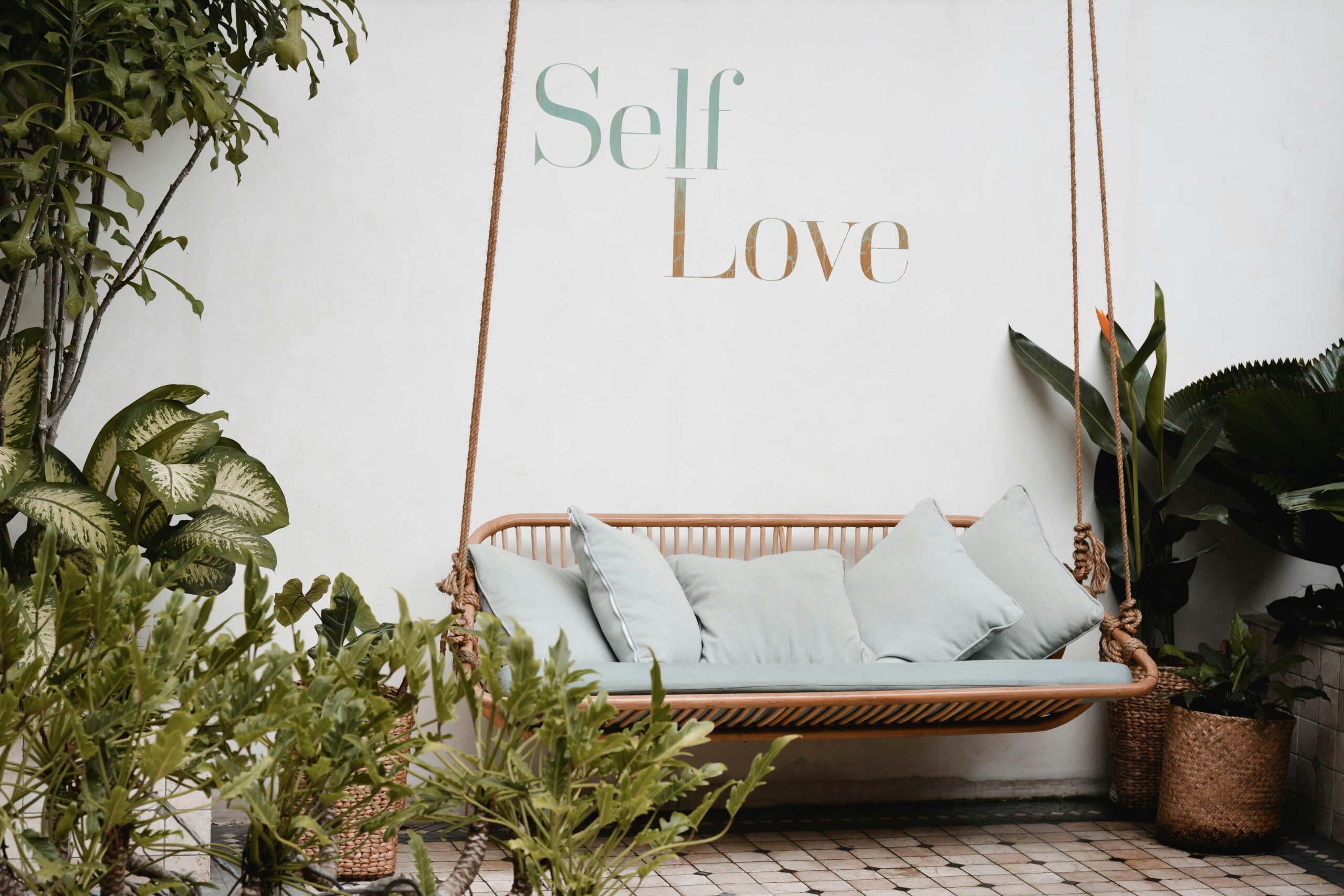
In recent years, well-being has taken center stage in interior design. As more people strive for healthier lifestyles, the spaces we inhabit—home and work—play a major role in supporting our goals. We’ll explore how incorporating wellness features into your environments can enhance your quality of life and boost your daily productivity and comfort. We will look at simple yet effective ways to freshen your home, ensuring health and happiness. Stay tuned to learn how these enhancements can benefit you and your family or colleagues.
Understanding Wellness in Design
Wellness in design refers to creating spaces that enhance users’ physical and mental health. A well-designed space doesn’t just look good. Above all, it also feels good, promoting comfort and functionality. When your environment aligns with wellness principles, it can significantly boost your mood and energy levels. Natural elements like light and greenery can reduce stress and enhance focus. Ergonomically arranged spaces prevent physical strain, reducing injuries and boosting overall well-being.
For starters, position work areas near windows to take advantage of daylight. Use sheer curtains to diffuse light without reducing brightness. Indoor plants are always welcomed, as they not only beautify the space but also purify the air. Spider plants and peace lilies are great (and low-maintenance) choices. Importantly, invest in chairs and desks that support posture. Features like adjustable heights and lumbar support can make a big difference. Each option should create an inviting and functional space, fostering an environment where you can thrive. As a bonus, most of these improvements promote sustainable practices.
Essential Wellness Features for Homes
Incorporating wellness features and ensuring a health-promoting environment at home is crucial. Besides the greenery and ergonomic furniture, there are other aspects to consider. Noise pollution, for instance, can significantly impact your stress levels and overall health. Integrating soundproofing solutions like double-pane windows and thick carpets can create a quieter, more serene home environment, ideal for relaxation and stress reduction.
Good air quality is also essential for well-being. Install an energy-efficient ventilation system to continuously replace stale indoor air with fresh outdoor air, reducing pollutants and improving overall air quality in your home. In addition, lighting systems should be implemented that adjust based on the time of day. These systems can mimic natural light patterns, helping to regulate your circadian rhythm and improve sleep quality. They also help pave the way towards an energy-efficient home. Overall, you can significantly enhance the wellness potential of your residence, making it a sanctuary for both physical and mental health.
Incorporating Wellness Features in Office Environments
Transforming office spaces to promote wellness can greatly enhance productivity and job satisfaction. To start effectively integrating these features, ensure clean, breathable air. Utilize advanced HVAC systems with HEPA filters to remove contaminants and allergens, significantly boosting the health of the work environment. Additionally, just like at home, the workspace benefits from adding touches of green. Plants not only enhance the aesthetic side of the design but also contribute to a healthier environment.
Quiet zones are also essential for focus and stress reduction. Designate specific areas away from the general hustle where employees can work without disruptions or set aside for relaxation and mental breaks. Next, encourage movement and collaboration by setting up activity-based workspaces. These areas can vary from standing desks to lounge areas designed for brainstorming sessions, providing options that cater to different tasks and working styles.
In addition, if you want to create a productive space in your office, keep your computer’s desktop free of clutter and label everything you have. That will help you organize your office space efficiently, allowing for better focus and productivity. Maintaining an orderly environment can transform your office into a setting that supports wellness and enhances work efficiency.
Technology and Wellness
Embracing technological advancements can significantly enhance well-being in your living and working environments by promoting health and convenience. Install environmental sensors that monitor humidity, temperature, and light exposure. These systems can automatically adjust conditions to maintain optimal comfort and health levels throughout the day. Many modern air purifiers use smart technology to detect and eliminate pollutants automatically. This technology ensures consistently high air quality, which is important for maintaining respiratory health.
Incorporate interactive fitness equipment in homes and offices, such as smart exercise machines offering guided workouts and tracking progress. That conveniently encourages regular physical activity right in your personal or workspace. Utilize apps designed to promote well-being, from meditation and mindfulness apps to those tracking hydration and nutrition. In addition, wearable devices should be encouraged to monitor health metrics like heart rate and activity levels. These gadgets can be linked to other office or home systems to promote a healthier lifestyle through regular updates and reminders. These tools can be integrated into daily routines to help maintain a balanced lifestyle, supporting mental and physical health.
Furniture and Color Schemes for Enhancing Well-being
The choice of furniture and color schemes plays a critical role in designing spaces that look inviting and promote health and well-being. First, select furniture that offers flexibility and encourages a dynamic lifestyle. Adjustable tables can be used for sitting and standing, and modular furniture can be reconfigured to support various activities and encourage movement throughout the day.
Second, bear in mind that colors have a profound impact on mood and energy levels. Go for color palettes that invoke calmness and relaxation, such as soft blues and greens, which reduce stress and enhance focus. Warmer tones like soft yellows can boost creativity and energy, making them ideal for vigorous activity. What’s more, designate areas with comfortable seating arrangements that encourage relaxation. Incorporate features like recliners or bean bags in a corner with calm lighting and serene artwork to create a mini-retreat for quick breaks to recharge mentally and physically.
Conclusion
Considering the dynamic of our times, the importance of designing spaces that prioritize well-being cannot be overstated. Incorporating wellness features in our homes and offices brings numerous benefits, enhancing our daily lives by improving health, boosting productivity, and increasing overall happiness. Consider the practical advice and techniques shared here as your first steps toward transforming your environment. As you progress, keep exploring new ideas and innovations that promote wellness in your living and working areas. Remember, the journey to well-being is ongoing, and each improvement makes a difference.


